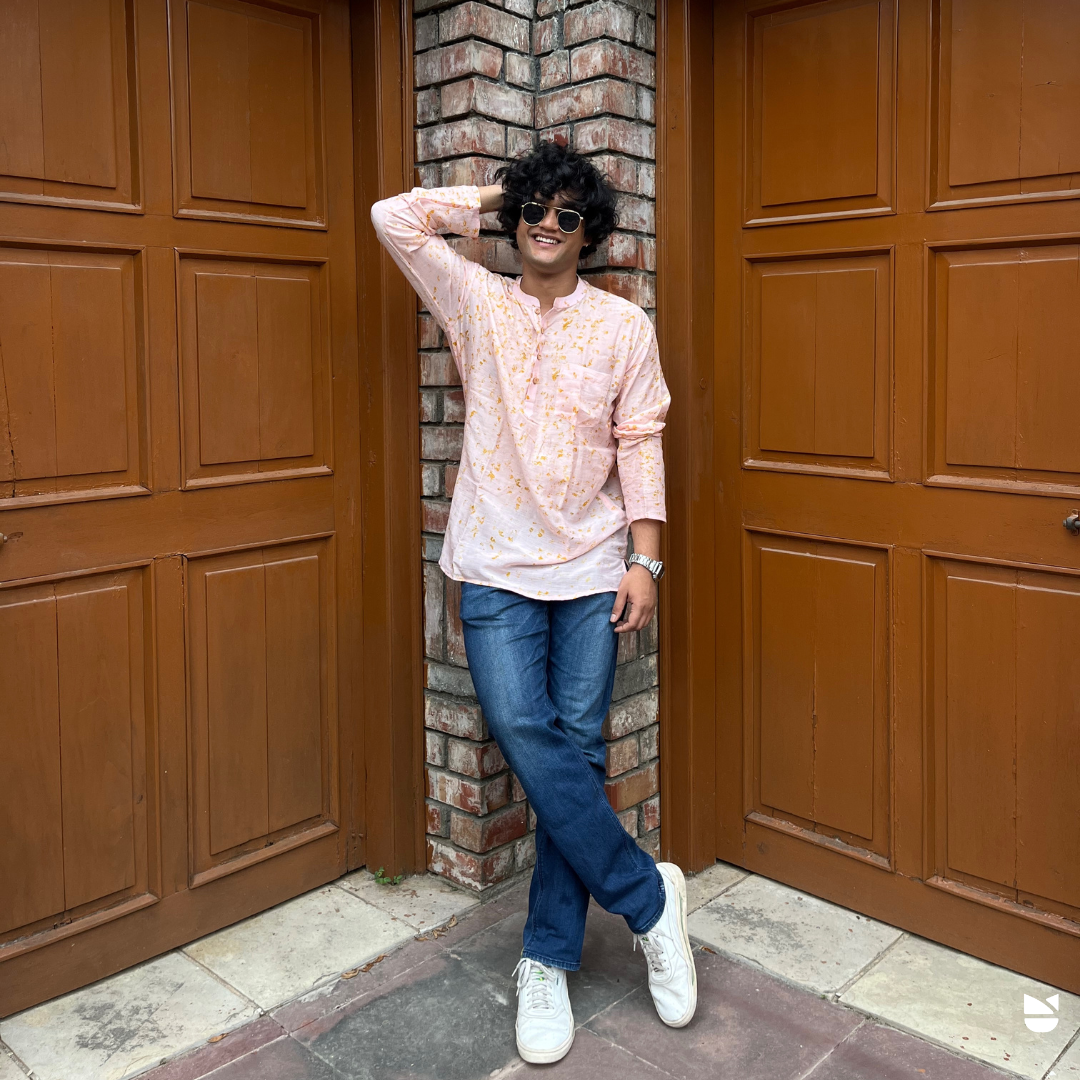
Sustainable Fashion Revolution
Share
We live in a time where fashion often prioritizes speed over substance, the slow fashion movement is the need of the hour to emerge as a refreshing alternative. This revolution champions sustainability, ethical production, and mindful consumption, inviting consumers to rethink their relationship with clothing. As we delve into the principles and practices of slow fashion, we explore how embracing this movement can lead to a more sustainable and stylish future.
Understanding Slow Fashion :
Slow fashion is more than just a trend; it’s a philosophy that advocates for a more thoughtful and responsible approach to clothing. At its core, slow fashion emphasizes quality over quantity, encouraging consumers to invest in well-made pieces that stand the test of time. This approach contrasts sharply with fast fashion, where clothing is produced rapidly and inexpensively, often at the expense of ethical labor practices and environmental health.
The slow fashion revolution draws inspiration from various sources, including traditional craftsmanship, sustainable materials, and local production. It seeks to create a fashion ecosystem that respects people and the planet, ultimately redefining our values as consumers.
The Pillars of Slow Fashion :
- Quality Over Quantity: One of the foundational principles of slow fashion is the emphasis on high-quality garments. Rather than succumbing to the lure of fast fashion’s low prices, slow fashion encourages consumers to invest in fewer, but better-made pieces. These items are designed to be durable and timeless, allowing them to be worn for years, if not decades.
- Sustainable Materials: The slow fashion movement prioritizes the use of eco-friendly materials, such as organic cotton, linen, hemp, and Tencel. These fabrics not only reduce the environmental impact associated with conventional textile production but also contribute to the health of the planet and its inhabitants.
- Ethical Production: Slow fashion advocates for fair labor practices, ensuring that garment workers are paid living wages and work in safe conditions. By supporting brands that prioritize ethical production, consumers can make a positive impact on the lives of those who create their clothing.
- Mindful Consumption: Slow fashion promotes a shift in mindset regarding consumption. Instead of buying impulsively or chasing trends, consumers are encouraged to make thoughtful choices about their wardrobe. This includes considering the lifecycle of a garment, its impact on the environment, and how it fits into their personal style.
- Local and Artisanal Production: Supporting local artisans and small-scale producers is another hallmark of the slow fashion movement. By choosing to buy from local brands, consumers can help sustain their communities and reduce the carbon footprint associated with long-distance shipping.
The Benefits of Slow Fashion :
Embracing the slow fashion revolution brings numerous benefits—not just for the environment, but also for individuals and communities:
- Environmental Impact: The fashion industry is one of the most polluting industries globally. By choosing slow fashion, consumers can significantly reduce their environmental footprint, contributing to a healthier planet.
- Support for Local Economies: Purchasing from local brands and artisans strengthens community ties and fosters economic resilience. This practice supports small businesses and helps preserve traditional craftsmanship.
- Personal Style: Slow fashion encourages individuals to cultivate their personal style rather than blindly following trends. By investing in timeless, high-quality pieces, consumers can create a wardrobe that reflects their unique identity.
- Connection to Clothing: Slow fashion fosters a deeper connection between individuals and their clothing. When consumers understand the story behind a garment—its materials, craftsmanship, and ethical production—they are more likely to appreciate it and care for it.
The Role of Brands in the Slow Fashion Movement :
Brands play a crucial role in the slow fashion revolution. By adopting transparent practices, prioritizing sustainability, and engaging with consumers, they can lead the way towards a more ethical and eco-friendly industry. Here are a few ways brands can contribute:
- Educating Consumers: Brands can share information about their production processes, materials, and the environmental impact of their products. This transparency helps consumers make informed decisions.
- Innovating Sustainable Practices: By investing in research and development, brands can explore new sustainable materials and production methods that minimize waste and pollution.
- Encouraging Circular Fashion: Implementing take-back programs, repair services, and recycling initiatives can extend the lifecycle of garments and promote a circular economy within fashion.
How to Join the Slow Fashion Revolution :
If you’re inspired to embrace slow fashion, here are some practical steps you can take:
- Invest in Quality: Focus on building a capsule wardrobe filled with high-quality, versatile pieces that you truly love.
- Shop Mindfully: Before making a purchase, consider whether you really need the item and how it fits into your existing wardrobe.
- Support Ethical Brands: Research brands that align with your values, prioritizing those committed to sustainable practices and fair labor.
- Explore hand me down Options: Thrift shopping is a great way to find unique pieces while reducing waste and supporting a circular economy.
- Care for Your Clothes: Extend the life of your garments by following proper care instructions, repairing when needed, and storing them thoughtfully.
